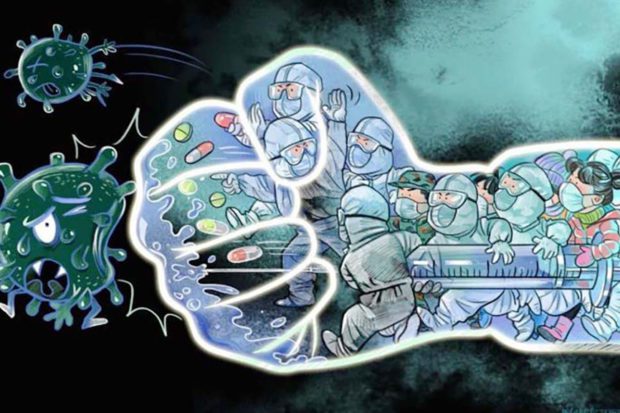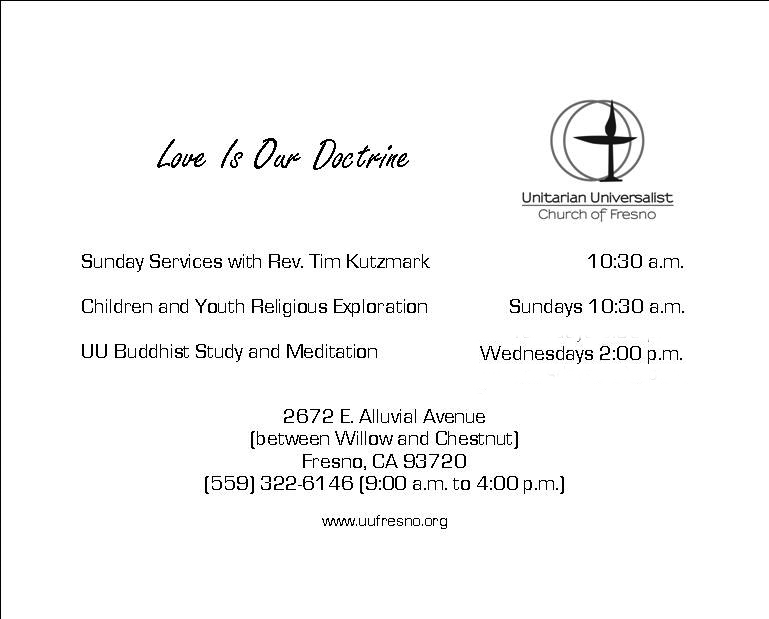
By Leni Villagomez Reeves
When Covid-19 began to cause illness and death in the United States, initially people in general perceived themselves as being at risk. They behaved in ways that reflected that risk; masks and avoiding public places and close encounters with others was fairly universal behavior in March 2020. Then the statistics began to emerge. Elderly people are seen to be most at risk. And most elderly people are still observing precautions.
Then it became clear that, for complex reasons that still require more analysis, Native Americans, people from Mexico and Central America (many of whom have indigenous ancestry in whole or part), and Black people are more likely to die from this infection. Gradually, a behavior change among many young and middle-aged White people emerged.
This was accelerated by the obvious politicization of the issue. However, if younger White people had continued to feel at risk of death they would not have exposed themselves, regardless of messages from their dear fuhrer. They know who’s going to die, and statistically it’s not them (although a few surprises have occurred in this regard) and so they really don’t care.
Expendable Elderly?
Old people are seen as expendable, even as a beneficial downsizing. Suggestions that older people might want to sacrifice themselves “for the economy” emerged fairly early in this pandemic. Even in the absence of the pandemic, older people are not considered economic assets. Social Security—wouldn’t it be simpler if there were no payouts?
Social Security is funded by a 6.2 % payroll tax paid both by employees and employers; it all goes into the Social Security trust fund. Right now, the trust fund has enough to pay all benefits until 2035. Currently, 65 million people receive Social Security benefits. Most seniors and disabled worker beneficiaries rely on Social Security for a majority of their income.
Trump’s Aug. 8 memorandum instructed the U.S. Department of the Treasury to delay the payment of employee-side Social Security taxes on wages paid from September 2020 through December 2020 for workers earning less than roughly $100,000 per year. Employers are legally required to withhold employees’ share of the tax anyway so Trump’s memorandum means only that the money won’t get paid to Social Security in a timely manner.

If Social Security pay-ins are cut permanently, which Trump says he will do if he gets a chance, then the trust fund would be exhausted and unable to pay full benefits in six years. Remember, most seniors and disabled people rely on Social Security for a majority of their income?
Disposable and Replaceable?
Low-wage workers, essential to the economy and mostly Chicanx, are seen as disposable and replaceable.
Fresno County has not done a great job on keeping statistics about this pandemic, but no other locality in the United States has either. As of the last update of the death statistics (approximately Sept. 12), there were 339 Covid-19 deaths in Fresno County. The breakdown (in Department of Health terminology) is as follows:
Hispanic 204
Non-Hispanic White 95
Non-Hispanic Asian 17
Non-Hispanic Black 17
Other/unknown 6
Disproportionate Deaths
Deaths in the Chicano community are disproportionate. Why? Many of the reasons are the same reasons that cause disproportionate mortality in the Brown and Black population elsewhere. We have no health care system at all, and we have separate and unequal healthcare industries.
A huge factor is cost. Patients of color are much less likely to be insured. Although the insurance industry ties insurance to employment, it’s #Not All Employment. Not agriculture, not service industries, not low-wage jobs with no or poor benefits.
Yes, there’s Covered California. Now try to find a doctor who accepts this, particularly a specialist.
And the cost of testing is not trivial. Another is availability. We are fortunate that Fresno itself is not a healthcare desert; this is largely due to the presence of residency programs here, as doctors often stay where they train. The smaller, poorer Browner communities in the county are not so well endowed.

Another problem is data. It is hard to find out what’s going on and thus hard to make good plans and decisions.
A big problem is racism. People of color have been mistreated and disrespected too often in healthcare settings. They have no reason to trust.
Needing to Work
Having to be out there working is a huge risk factor. A large segment of the Chicano population is in essential occupations, as defined in this epidemic. What that really means in many cases is low-wage occupations without benefits or protections so that people can’t afford to stay home, regardless of their safety.
White middle-class people are sheltering in place and feeling financial stresses. Brown working-class people are working and getting sick and dying. It is literally cheaper to replace people than to protect them, and cost-benefit ratios include only dollars, not lives.
Covid-19 Response
Why can’t the United States control the spread of disease when some other countries can? Right now, there is no way to make a profit preventing and controlling the pandemic so that isn’t going to happen here soon. “Capitalism has neither the capacity, nor the morality, nor the ethics to solve the problems of poverty,” said Fidel Castro 30 years ago. The same is obviously true for the problems of an epidemic.
Meanwhile, the All Lives Matter folks are out there, running around without masks demonstrating that the only lives that matter to them are their own.
*****
Leni Villagomez Reeves is a local physician and activist. Contact her at lenivreeves@gmail.com. Check out her news and views about Cuba on Facebook (fresnosolidarity/).
